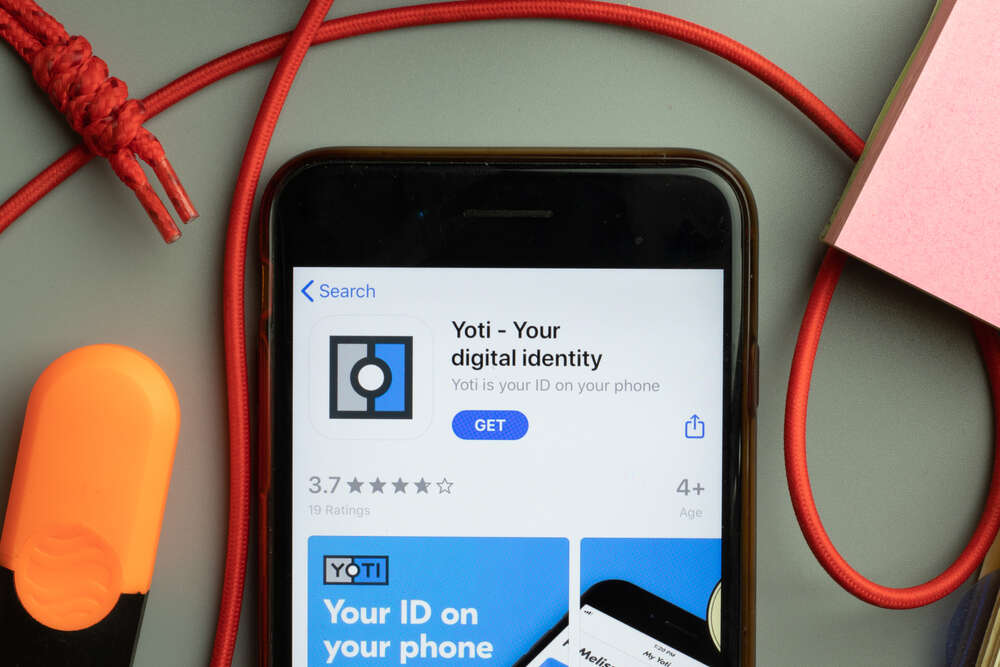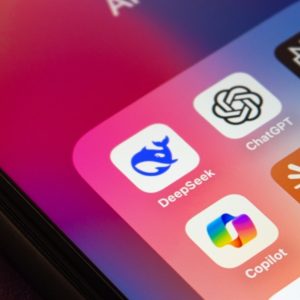
The majority of shoppers taking part in an age verification trial at leading supermarkets would use facial age estimation when buying age-restricted items such as alcohol and tobacco, according to the preliminary findings of a trial involving millions of digital identity checks.

Tech vendor Yoti has been working with the Home Office to deploy its technology, which can scan a face, look for key age identifiers and estimate how old the person is, at Morrisons, Tesco and Asda supermarkets throughout 2022. The aim of the trial was to determine whether AI can replace human verification.
Current legislation demands a human checks the age of anyone purchasing controlled goods, which could be a quick look at their face if they appear over 25, or a full review of ID if their age is unclear.
The Home Office is set to publish a full report on the outcome of the supermarket trials as part of a wider review into the use of digital age verification, and whether it should be a permanent option for businesses.
“With 70% of people saying they would use facial age estimation when buying age-restricted goods at self-checkout, Yoti believes shoppers and retailers are ready to embrace this new technology and look forward to reading the full outcome of the trials,” a spokesperson for Yoti told Tech Monitor.
During the trial, the supermarkets offered customers a choice of age verification methods, from an AI tool to human verification – and compared the reaction and success of each method.
Digital ID trial: supermarkets are supportive
The most “privacy-preserving” was a method that involved having the customer’s face scanned and checked by Yoti’s software, which doesn’t require any personal details or ID documents. All images are deleted instantly once the age is estimated.
Failing that, or if it failed to give a conclusive answer, customers could use the Yoti or Post Office EasyID app, where they have previously confirmed their age and identification and only a simple ‘verified age’ attribute is passed on to the supermarket, with no personally identifiable information.
Customers not wanting to have their face scanned or who did not have access to the digital ID app were able to ask a member of staff to approve their transaction, and if necessary, review their physical ID. The digital option wasn’t compulsory.
Everyone using the digital scanning tool was informed of the process, asked for consent and given a choice of whether to continue using that method or prove their age to a member of staff.
This is the first large-scale trial of using automated systems to verify age, and take some of the decision-making responsibility away from human staff. The supermarkets taking part confirmed they fully support digital age verification and want to see a legislation change so it can be used permanently, rather than as part of a trial.
It also proved to be a success as no underage customers purchased age-restricted items when using the new Yoti age verification technology, and was more accurate than humans when determining whether someone is older or younger than the required age, which reduces the risks of incorrectly estimating the age of shoppers
The majority of shoppers who used Yoti digital proof-of-age solutions said they liked the technology and would use it again. The technology reduced the number of times a member of staff had to step in to verify the age of a customer, giving them more time to spot things like proxy sales for restricted items.
“Yoti facial age estimation is now being used globally by a wide range of social, gaming, ecommerce, adult, gaming and retail organisations,” a spokesperson said. “To date, they have completed over 570 million age checks using its privacy-preserving technology, and have the ability to scale to tens of millions of age checks every day.”
The Home Office says it will publish the full findings of its review in due course and that any change in legislation would be done in collaboration with the Department for Business, Energy and Industrial Strategy and the Department for Digital, Culture, Media and Sport as part of a wider review of digital identification.






